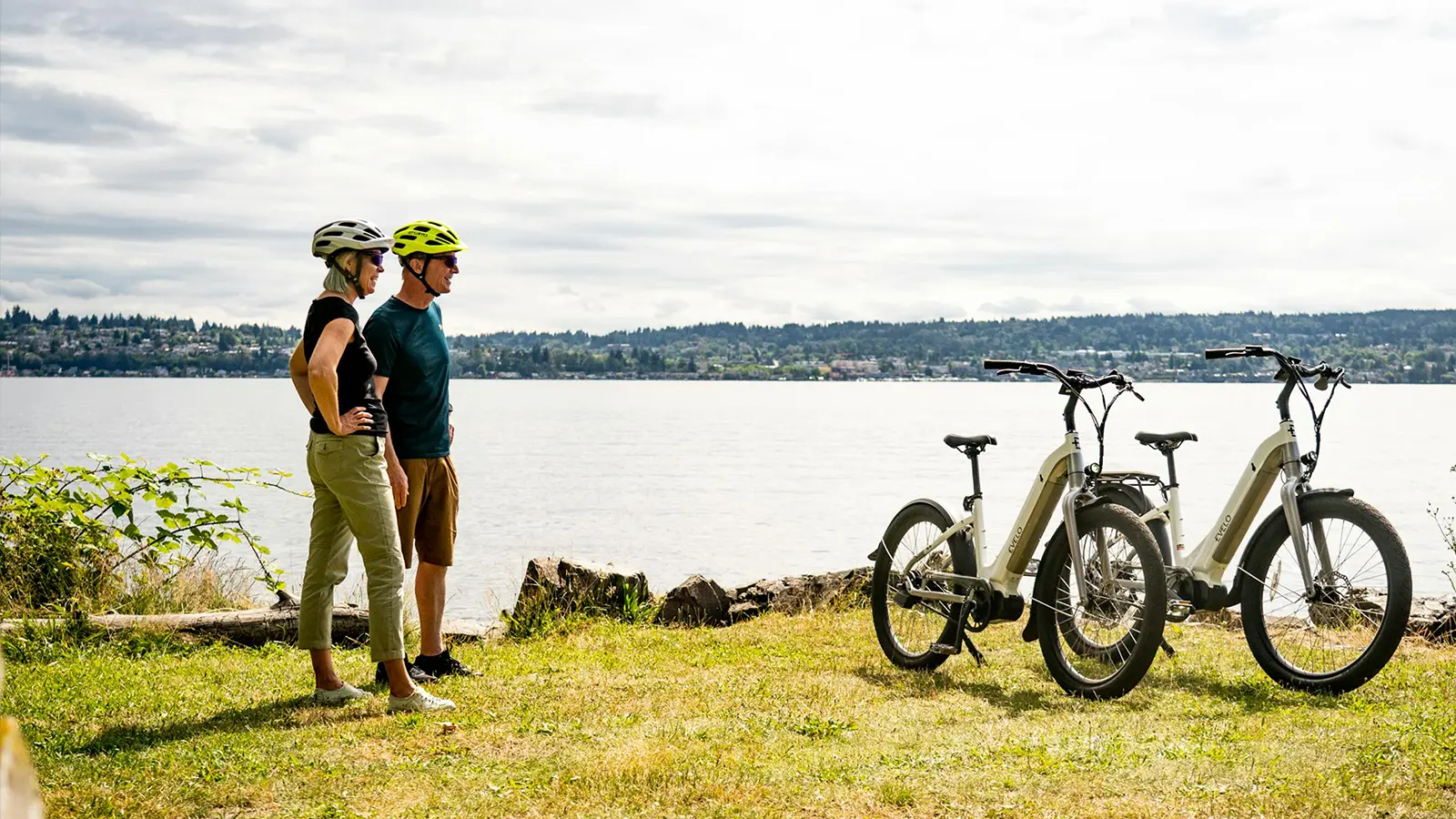A Beginner’s Guide to e-Bikes
Electric bikes, or e-bikes, are one of the fastest-growing forms of transportation in cities and suburbs alike. Whether you are commuting to work, exploring your neighborhood, or simply looking to replace short car trips, e-bikes offer a practical, affordable, and environmentally friendly way to get around. If you're new to this space, you might be wondering: what exactly is an e-bike, how does it work, and is it a good fit for your lifestyle?
This guide will help you understand the essentials so you can make an informed decision.
What Is an e-Bike?
An e-bike is a bicycle equipped with an electric motor that assists you as you ride. You still control it with pedals and handlebars like a traditional bike, but the motor gives you an extra push when you need it. That assistance can be very useful for climbing hills, riding long distances, or arriving at your destination without feeling worn out.
There are two main types of assistance:
- Pedal-assist: The motor activates as you pedal and increases support based on how hard you are pedaling.
- Throttle: A throttle on the handlebar allows you to activate the motor even if you are not pedaling.
Some models include both, allowing riders to switch depending on road conditions or personal preference.
What Makes an e-Bike Different?
In addition to standard bicycle parts, e-bikes have a few unique components:
- Battery: Usually a rechargeable lithium-ion battery that can be plugged into a standard wall outlet.
- Motor: Mounted on the front or rear wheel hub, or in the middle near the pedals. Mid-drive motors offer balanced handling and strong performance.
- Controller: Lets you choose your level of assistance, often displayed on a handlebar screen or connected app.
- Sensors: Detect speed, cadence, or torque and help the motor respond smoothly.
Most e-bikes also come with built-in lights, digital displays, and removable batteries for easy charging.

How Fast Do e-Bikes Go?
In the United States, e-bikes are categorized into three classes. Each class defines how the motor functions, what the top assisted speed is, and where you can legally ride.
- Class 1:
- Features: Pedal-assist only
- Top assisted speed: 20 mph
- Where allowed: Most bike paths and multi-use trails
- Class 2:
- Features: Pedal-assist with throttle support
- Top assisted speed: 20 mph
- Where allowed: Typically permitted where Class 1 bikes can go
- Class 3:
- Features: Pedal-assist only, designed for faster commuting
- Top assisted speed: 28 mph
- Where allowed: Generally restricted to roads, bike lanes, and certain paved trails
Understanding these classes is important because local rules may limit where certain classes can be ridden. You can learn more about this topic in Understanding e-Bike Classes and Regulations.
Who Should Consider an e-Bike?
E-bikes can benefit nearly anyone. Here are a few common use cases:
- Commuters who want a reliable, sweat-free ride
- Older riders or people with limited mobility looking to extend their range
- Busy parents using cargo bikes for school runs and errands
- Recreational riders who want to explore trails without worrying about hills
- City dwellers looking to skip traffic and parking frustration
Whether you are trying to stay active, reduce your expenses, or simply have more fun getting around, an e-bike can be a good fit.
How Far Can e-Bikes Travel?
Most e-bikes can travel between 20 and 70 miles per charge. The actual distance depends on:
- Battery size (measured in watt-hours)
- Rider weight and cargo
- Terrain and wind
- Level of assist used
- Tire type and inflation
Premium models with efficient motors and larger batteries can sometimes exceed 100 miles. For more information, check out e-Bike Charging and Range Explained.
What Do e-Bikes Cost?
Prices vary depending on style and features:
- Budget models: $800 to $1,500
- Commuter and cargo bikes: $1,500 to $3,000
- High-performance or long-range bikes: $3,000 and above
While the upfront cost is higher than a regular bicycle, e-bikes are far less expensive to own than a car. You avoid fuel costs, insurance, parking, and many repair expenses.
Key Benefits of e-Bikes
- Makes commuting easier and faster
- Reduces your reliance on cars
- Helps you avoid traffic and parking issues
- Offers a more comfortable ride with adjustable assistance
- Lets you go farther with less fatigue
- Encourages daily activity without overexertion
Final Thoughts
e-Bikes combine the freedom of cycling with the convenience of modern technology. They offer a flexible, affordable, and low-impact way to travel, whether for fun, fitness, or daily errands. If you are looking for a cleaner and simpler alternative to your car, an e-bike is well worth a closer look.
Ready to Keep Learning?
Continue exploring e-Bike fundamentals:
Discover Next: Why You Should Buy an e-Bike →












